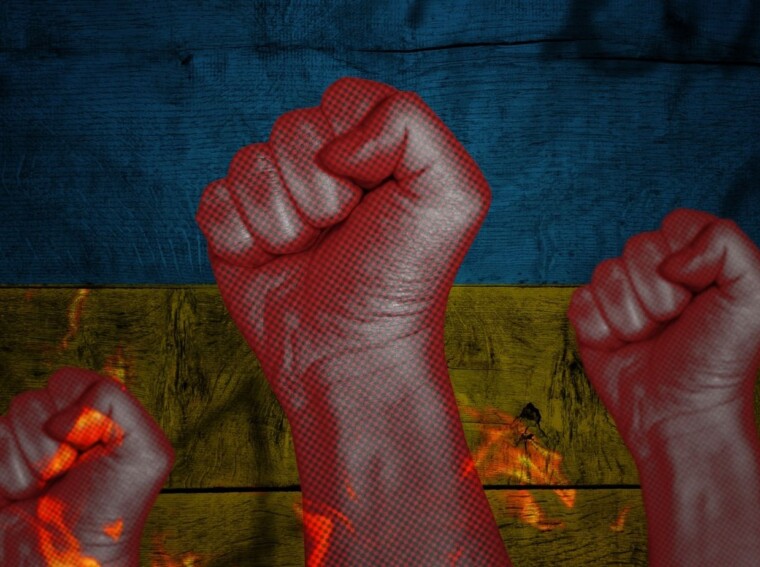Mexican Dictator Porfirio Diaz Inspired a Revolution in 1910 by Using his Power to
I’ve always been intrigued by the paradoxical role of Porfirio Diaz, the long-term Mexican dictator, who seemed to have played a significant part in inspiring the very revolution that sought to overthrow him in 1910. Diaz’s use of power has been widely debated among historians and political analysts alike, as it both suppressed and paved the way for change.
Let me clarify. His reign, known as the “Porfiriato” was marked by modernization and economic growth but at a heavy cost: social inequality and political repression. It’s this backdrop that set the stage for revolt, making it impossible to discuss the Mexican Revolution without addressing how Diaz inadvertently fueled it.
This isn’t to say he intentionally armed rebels or strategized their uprisings. Instead, his authoritarian rule created such discontentment that it sparked an insatiable thirst for democracy among Mexicans. Thus, through wielding his power with an iron fist, Porfirio Diaz inspired a revolution, proving himself as much catalyst as tyrant.
Porfirio Diaz: The Man Before Power
Before he was the Mexican dictator who inspired a revolution in 1910, Porfirio Diaz was just a man. Born to a poor, indigenous family in Oaxaca, his path to power wasn’t an easy one. It’s said that adversity builds character, and if that’s true then Diaz had it constructed by the ton.
You might ask how did this seemingly ordinary man rise up to become such an influential figure? Well, I can tell you that it wasn’t through inherited wealth or privilege. No, Diaz clawed his way up from humble beginnings. He started out as a seminary student before joining the military at a young age.
His military career set him on an unprecedented journey of power and influence. Throughout Mexico’s turbulent mid-19th century history, he demonstrated exceptional leadership skills in various battles like the Reform War and French Intervention. His courage didn’t go unnoticed—he quickly climbed the ranks of Mexico’s military hierarchy.
But let me assure you—it wasn’t all about physical prowess for Diaz. He also had a mind sharp as a tack! His political savvy played a crucial role in his ascension to power—think Game of Thrones without dragons (and less gruesome).
In 1876, using both his militant might and strategic intelligence, Diaz overthrew President Sebastián Lerdo de Tejada and declared himself president of Mexico—a position he held with an iron fist for more than three decades until his decision to aid the Revolution in 1910.
A quick recap:
- Born into poverty in Oaxaca
- Started as seminary student
- Joined military; showed great valor during Reform War & French Intervention
- Overthrew President Lerdo de Tejada in 1876; became president
This is but scraping the surface of Porfirio Diaz’s life before power—the trials faced by this extraordinary figure in Mexican history. It’s a testament to his resilience and tenacity, qualities that surely contributed to his unconventional decision to use his power to help ignite the Revolution of 1910. But, we’ll explore more about that in the next sections.

Diaz’s Rise to Dictatorship
Porfirio Diaz’s journey from a poor Mestizo boy to Mexico’s dictator is nothing short of extraordinary. Born in 1830, his rise to power wasn’t an easy one. It was shaped by years of struggle, perseverance, and an unyielding ambition that eventually made him the supreme ruler of Mexico.
Diaz first tasted real power during the French Intervention in Mexico when he emerged as a military hero fighting against foreign invasion. His tactical brilliance on the battlefield earned him praise and recognition, sowing seeds for his future political endeavors.
Following the war, I’ve observed that Diaz cleverly exploited political unrest in the country. He rebelled against then-President Benito Juarez, triggering a period known as ‘La Reforma’. Despite initial failures and exiles, he didn’t give up. Instead, he marshaled support from various disenchanted groups like church officials and conservative elites who were dissatisfied with Juarez’s liberal reforms.
In 1876, after numerous attempts at rebellion, he finally seized power by overthrowing President Lerdo de Tejada in a coup d’état. Once at helm, Diaz swiftly consolidated his power through what some historians refer to as “a policy of bread or club”. With this approach, he either appeased potential adversaries with political favors or suppressed them using force.
His rule was marked by widespread modernization efforts across Mexico like infrastructure development and economic expansion through foreign investment. But it came at a significant cost to common Mexicans because wealth disparity increased dramatically under his regime.
As we delve deeper into history’s pages though it becomes clear that while Porfirio Diaz did indeed become a dictator using these methods; paradoxically it also led him to inspire revolutionaries against his own rule which ultimately culminated in Mexican Revolution 1910.

